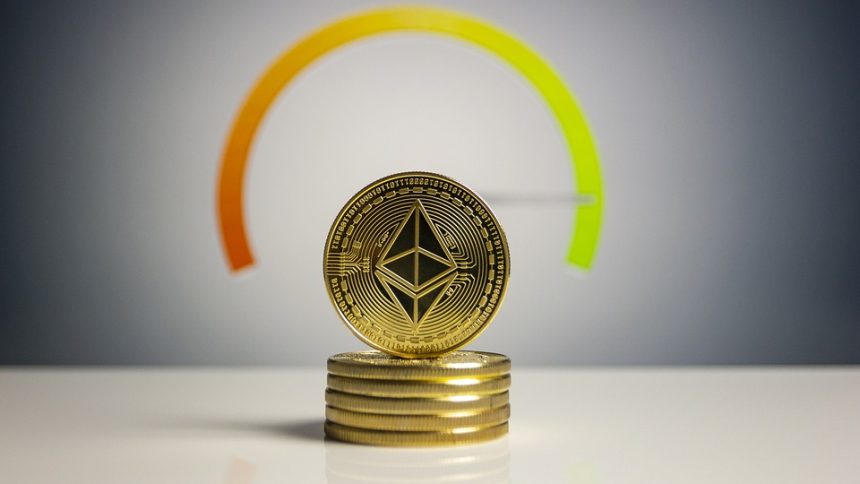The decentralized finance (DeFi) ecosystem has undergone rapid evolution since its inception, with a promise to transform traditional financial systems into open, permissionless alternatives. As we delve into 2023, several DeFi platforms have emerged as leaders in innovation, user experience, and security. This article explores the best DeFi platforms of the year, highlighting their unique features, advantages, and the potential they hold for users and investors alike.
What is DeFi?
DeFi leverages blockchain technology to recreate and improve upon traditional financial instruments such as lending, borrowing, trading, and earning interest. By removing intermediaries, DeFi allows for greater inclusion, lower costs, and transparency. DeFi platforms typically operate on Ethereum, but other blockchains like Binance Smart Chain, Cardano, and Solana have also become popular due to their scalability and lower transaction fees.
Top DeFi Platforms of 2023
1. Uniswap
Uniswap continues to hold a prominent position in the DeFi landscape in 2023. As a decentralized exchange (DEX), it enables users to trade tokens without a centralized authority. Its unique automated market-making (AMM) model allows liquidity providers to earn fees by supplying liquidity. The recent launch of Uniswap V3 introduced advanced features like concentrated liquidity, which enables liquidity providers to allocate their funds more efficiently.
Key Features:
- User-friendly interface
- No order book required
- Low gas fees on Layer 2 solutions
2. Aave
Aave has solidified its reputation as a leading lending platform, providing users with the ability to supply and borrow a diverse range of cryptocurrencies. In 2023, Aave introduced features like credit delegation and flash loans, empowering users to access capital efficiently. Its innovative governance model allows token holders to vote on changes and enhancements to the platform.
Key Features:
- Multiple collateral options
- Flash loans for instant borrowing
- Mobile app for seamless user experience
3. Curve Finance
Curve Finance remains a favorite among stablecoin traders in 2023. Specializing in stablecoin swaps, Curve uses deep liquidity pools to minimize slippage during trades. Additionally, its integration with various DeFi protocols allows users to earn substantial yields through liquidity provision.
Key Features:
- Efficient stablecoin swaps
- Competitive Yield farming opportunities
- Partnership with other leading DeFi protocols
4. MakerDAO
As one of the pioneers of DeFi, MakerDAO allows users to generate DAI, a stablecoin pegged to the US dollar, by depositing collateral into the Maker protocol. The platform’s decentralized governance mechanism empowers MKR token holders to govern the system, ensuring that DAI remains stable and orchestrating necessary protocol adjustments.
Key Features:
- Decentralized stablecoin ecosystem
- Strong community governance
- Multi-collateral DAI options
5. SushiSwap
SushiSwap, which originated as a fork of Uniswap, has evolved into a comprehensive DeFi platform offering AMM features, lending, borrowing, and even a launchpad for new projects. Its innovative products, like the Kashi lending platform, allow for flexible lending against collateral, attracting a diverse user base.
Key Features:
- Cross-chain functionality
- Incentives for liquidity providers
- Diverse product offerings
6. Yearn Finance
Yearn Finance stands out in the DeFi space for its yield optimization strategies. It autonomously shifts user funds among different DeFi protocols to maximize earning potential. Its 2023 upgrades have ensured better automation and user-friendly features, catering to casual and experienced investors alike.
Key Features:
- Automated yield optimization
- User-friendly interface with dashboards
- Community-driven development
7. Optimism and Arbitrum
Layer 2 solutions like Optimism and Arbitrum have gained traction in 2023 due to their emphasis on scalability and lower fees. By using rollups to batch multiple transactions, these platforms have made DeFi more accessible and affordable, allowing users to interact with various DeFi protocols without the burden of high transaction costs.
Key Features:
- Eased congestion on the Ethereum network
- Significant reduction in gas fees
- Seamless integration with existing Ethereum applications
Conclusion
The DeFi landscape in 2023 showcases a dynamic and rapidly evolving ecosystem that empowers individuals to manage their financial futures more efficiently than ever. The platforms mentioned in this review each bring something unique to the table, making them suitable for different types of users—from casual traders to seasoned investors.
As the DeFi space continues to grow, it’s vital for participants to conduct thorough research and understand the inherent risks involved in this innovative yet nascent sector. By leveraging the benefits offered by these top platforms, users can participate in a financial revolution that transcends borders and traditional financial limitations.





